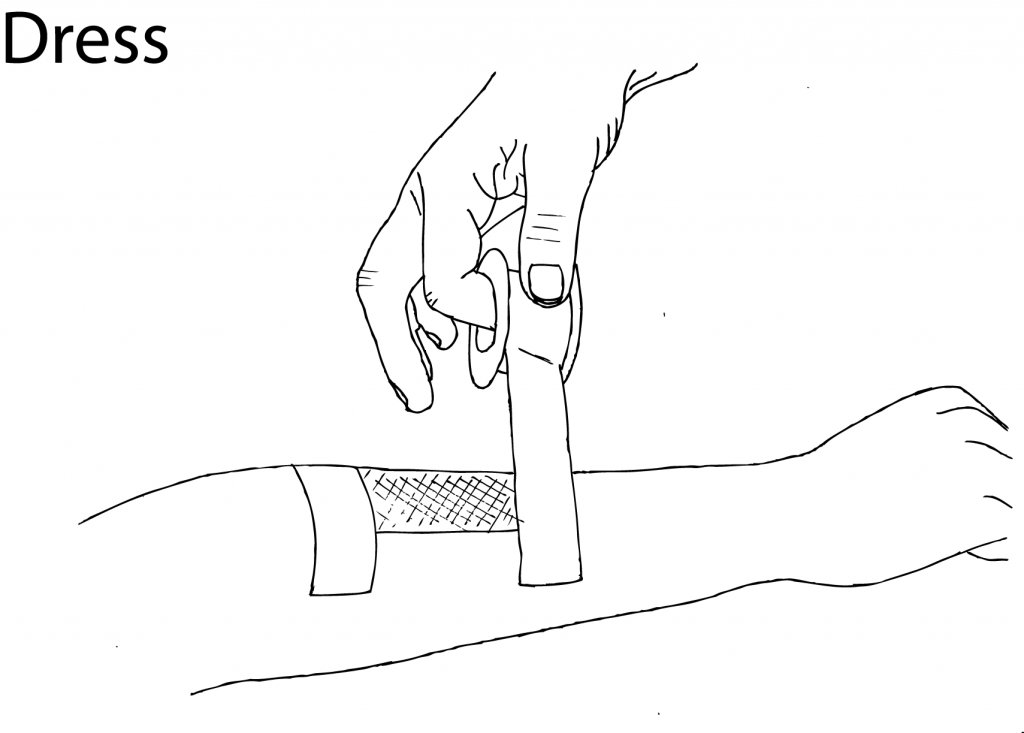













Amicapsil’s effect on pressure injuries
Download Publication
Download Publication
Both studies find 100% closure rates
for acute and chronic pressure injuries
Effective on antibiotic and antiseptic resistant wound infections.
Effective in immunocompetent and immunocompromised persons.
NH ( patient)
NH ( patient)
NH ( patient)
Only natural ingredients
Only natural ingredients
Only natural ingredients
One course of antibiotic release the same amount of carbon as a car driving around Earth 1.47 times.
VH (patient)
VH (patient)
VH (patient)
it is biologically recyclable and does not require the use of chemicals, plastics or antimicrobials.
Dermatological conditions
Aprobaxil (MPPT) is used routinely in dermatological conditions associated with the skin microbiome, dysbiosis, inflammation, disturbances in the epidermal barrier function and a hyperactive immune response.
These conditions will usually lead to wound formation followed by infection. Infection prevents a rapid resolution of the condition and usually leads to complications and/or chronicity. Infection is also linked to scar formation. The sooner an infection is resolved, the fewer complications and less scar formation are likely to ensue.
Atopic dermatitis – and eczema (AD)
"Today I have enjoyed a three hour walk with my dog for the first time in months. It truly feels like a miracle. I am forever in your gratitude for making Aprobaxil available to me. I am convinced that, if made easily accessible, it will save lives!(..As well as the publicly financed healthcare-budget.)"
Statement by HS sufferer
Prevent the condition from getting worse
Many dermatological conditions are associated with the creation of very small to rather big wounds. As soon as the skin breaks, or evidently as soon as a wound appears, the use of Aprobaxil will help prevent an infection and close the wound. If an infection is already present, Aprobaxil will remove the infection. Avoiding and removing infections and closing the wounds prevent or slow down the progression of the disease.
Prepare for surgery
When a dermatological condition has become too severe to avoid surgery, e.g due to extensive formation of tracts, sinuses, cysts, abscesses, necrosis and similar, the surrounding area of soft tissue is often also infiltrated by widespread diffuse infections. The use of Aprobaxil in the area helps efficiently remove the infection and thereby improve the chances of success of the surgical procedure.
Following surgery and as part of the procedure
Following surgery, the use of Aprobaxil also helps ensure an eventless healing, when the area is left to close up from the bottom (secondary healing) and in flap-surgery, it improves the chances of the flap taking well. When skin grafting is performed Aprobaxil can help the generation of granulation tissue thereby optimising the site to receive the graft.
How to use




Repeat this procedure daily until the wound shows no signs of infection or necrosis.
In non-chronic wounds this, on average, will be 3 days.
After ceasing the use of Aprobaxil, the wound should be dressed as above and left completely undisturbed to heal.
The dressing can be changed weekly or biweekly – unless the wound gets wet as that would prompt a wash and dressing change.
Aprobaxil has not been associated with wound irritation or contact sensitisation (allergy).
Aprobaxil can be removed by simple irrigation with water.
